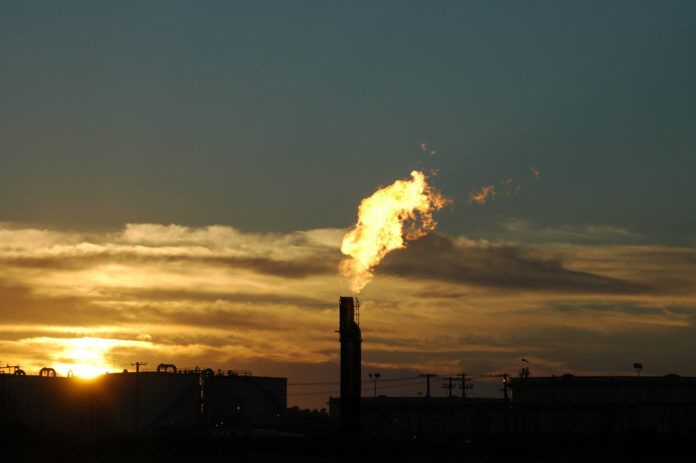In an effort to help industry reduce emissions, a small Baton Rouge business is leading a team that’s developing technology to monitor industrial flares, providing software that analyzes infrared imagery and optimizes flare performance.
Providence Photonics, an advanced technology company specializing in optimal gas imaging, is partnering with Lockheed Martin and Surface Optics to manufacture Mantis, a video imaging spectral radiometry (VISR) flare monitor. The product is used by BP plc Group to manage methane emissions at oil and gas production facilities. It’s the first readily deployable monitoring solution that directly measures methane emissions entering the environment.
Mantis’ underlying sensor technology has its origins in the defense sector. Lockheed Martin manufactures the infrared sensor at its Santa Barbara facility, leveraging technology developed for advanced tactical fighter jets. Meanwhile, San Diego-based Surface Optics manufactures the VISR multispectral camera for the system. Providence Photonics is transforming and redesigning the advanced technology for the environmental market.
“These imaging systems are among the most advanced in the world and were developed to perform complex missions in the defense sector,” says Jon Morris, chief technology officer at Providence Photonics. “We are leveraging this technology to tackle the most difficult missions in the world.”
BP facilities use flaring—the controlled burning of gas during oil and gas production—to eliminate hydrocarbons that cannot be recovered or recycled. During this process, some unburnt methane can escape into the environment, making it critical to measure and manage these emissions.
To address this, the industry team’s VISR flare monitor uses IR images to measure how efficiently the flare consumes emissions.
In addition to monitoring flare stacks, the cameras help to continuously optimize combustion as part of a permanent system and maintain flare compliance with applicable regulations, such as U.S. Environmental Protection Agency requirements.
The new technology has been used at BP facilities in Alaska as well as Angola, where the team is currently performing another round of flare tests. Four other facilities are planned for the year. The team is also working with the EPA to mandate the method for monitoring flares across the country.


